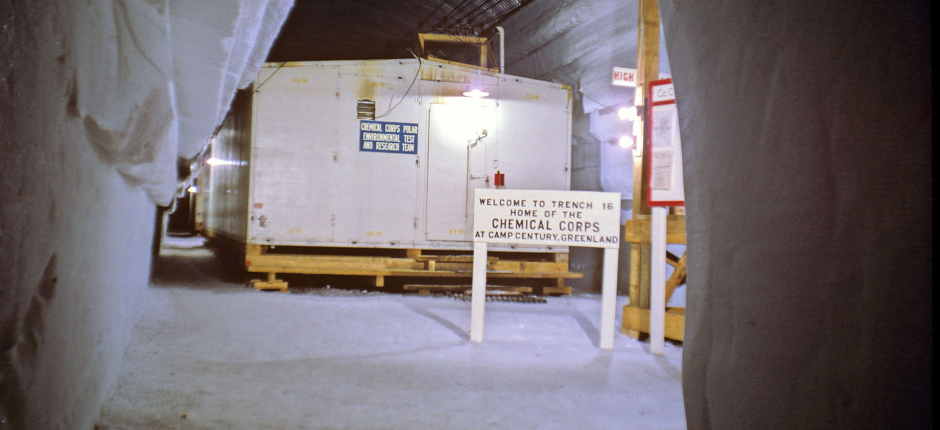Scientists head to Greenland’s ice sheet to seek facts about politically sensitive abandoned military site

Danish and Greenlandic scientists are in the final stages of planning for a month-long expedition to Camp Century, an abandoned U.S. military facility built under the ice cap in 1959, abandoned in 1967, and an on-going sore point between Nuuk and Copenhagen.
Plans for a possible expedition had been announced in February amid Greenlandic accusations that Denmark was not taking reports of increasing threats of pollution from the base seriously.
Flemming G. Christiansen, the deputy director of Geus, the Danish and Greenlandic geological survey, which will lead the expedition, confirmed it would get underway in July, but was tight-lipped about the specifics of what it hopes to accomplish.
“The risk is that we come up with an ambitious to-do list, but then wind up having to put some things off until next year. It’s best to wait to say what we’re going to do until we’ve planned things out,” he says.
The main goal of the expedition is to establish a remote monitoring station that can gather year-round climate information, including temperature, snowfall and melting.
Another likely goal will be to take samples for Danish health authorities, who will be responsible for the more politically charged task of determining whether cooling water released from the nuclear reactor that was used to power Camp Century resulted in increased radioactivity in the area.
No direct studies of the base are to be made on this expedition.
“The primary goal of the first season is to get an idea of where the base is and how far down it is using radar,” Christiansen said. “As far as I see it, that’s the most important thing for us for planning further studies. If we ever want to take a sample from the base, we’ll need to know where to look.”
In all, six scientists will take part in the month-long expedition. One of them, Jakob Abermann, a glaciologist with Asiaq, Greenland’s nationally-controlled surveying firm, will be concerned with collecting information that will make it easier to measure how much mass the ice cap gains during the winter and how much it loses again during the summer.
“This is an important mission for us to be able to learn more about the climate there right now and the direction it is headed. In order to do that with any certainty we need to gather reference data,” he says.
Abermann has been on numerous similar expeditions before, but expects this one to be a challenge.
“You are far away, logistics are challenging and it is cold. But it is an interesting project, and with all the experience we have in our group, it’ll turn out fine,” he says.
This summer’s expedition will be led by William Colgan. He was the scientist who re-focused the public’s attention on Camp Century last summer, when a paper he co-wrote suggested that the base could begin emerging from the ice within the next 90 to 150 years. Should that happen, it would exposing an estimated 9,000 tonnes of building debris, 200,000 liters of diesel fuel, over 24 million liters of ‘grey water’ – used water, including sewage – as well as “a non-trivial” amount of PCBs, a carcinogen.
This article originally ran in the May 17 edition of AG, a Greenlandic weekly published by The Arctic Journal’s parent company.